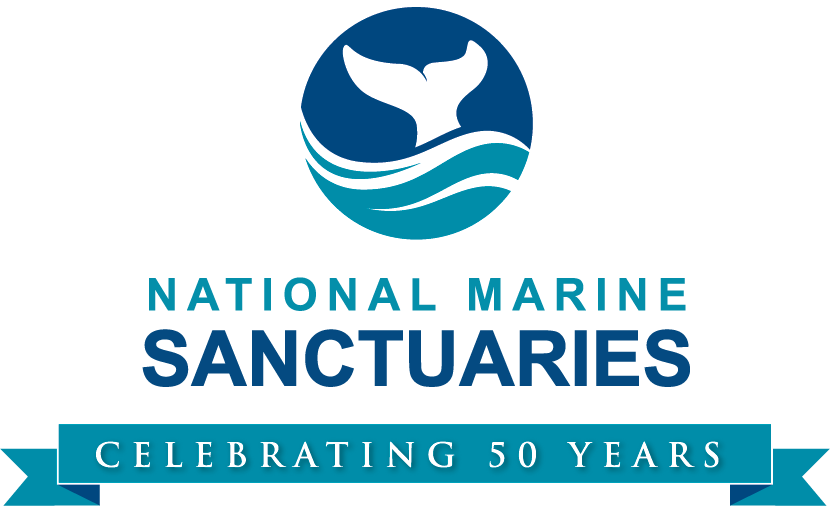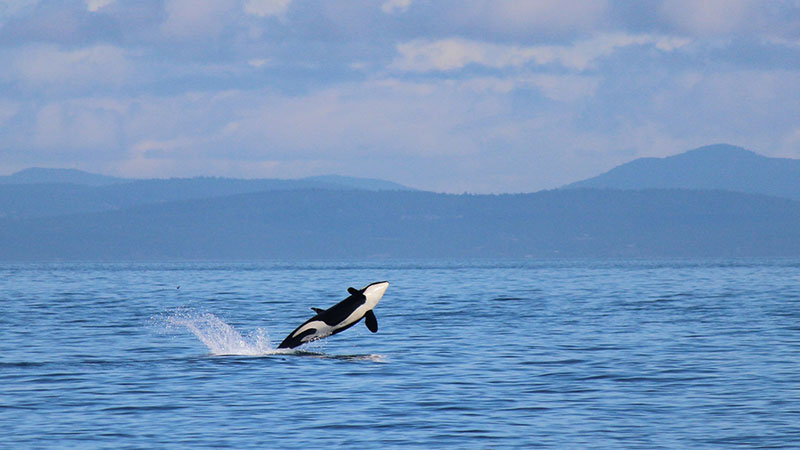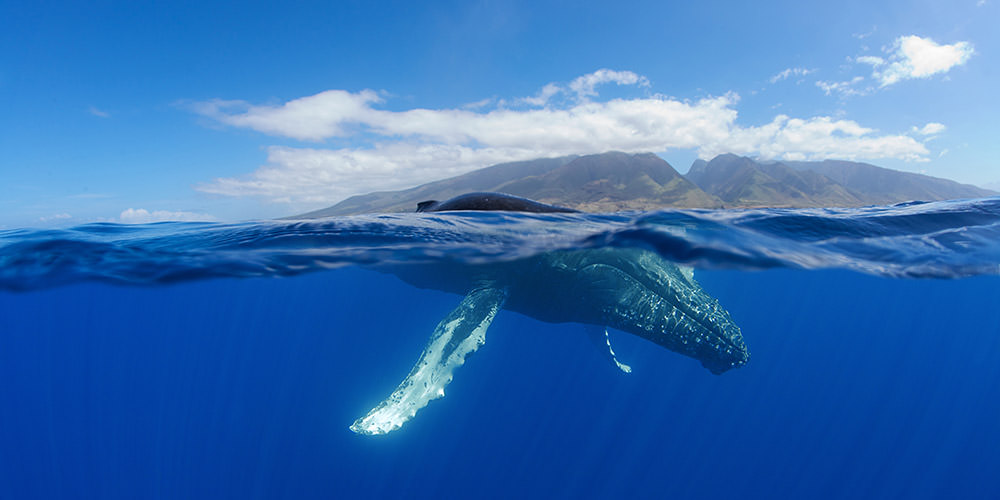
Wild Sanctuaries: Wildlife, Wild Places, and Wild Being
50th Anniversary Sanctuary Signature Articles
By Elizabeth Moore | August 2022
Photo: Marconi Beach at sunrise, in Cape Cod National Seashore. Image: National Park Service

In 1856, at the end of one of his last summers, Henry David Thoreau spent a cool and rainy day outside near his home in Concord, Massachusetts, wandering the woods and wading into bogs to collect cranberries. When he got home, he made an entry in his journal: "It is in vain to dream of a wildness distant from ourselves."1 It's part of a brief paragraph in a heavily detailed description of his day, but Thoreau appears thoughtful as he stresses its importance. If you don't carry wildness in you, the 165-year-old words tell us, then you will never find it, no matter where you travel. He couldn't know how consequential those words are for those of us alive today.
Biophilia
Let's take a closer look at the entwined ideas of wildness and wilderness. Wildness is a state of mind, a recognition that we are part of nature and a willingness to open ourselves to all the gifts that come with it: a sense of kinship with the life around us, a feeling of wonder about our magnificent planet, and the fulfillment of a need to take care of it. Another way to look at this is the concept of biophilia (derived from Latin: "life" + "affection or love for"), the theory that humans have an innate need to connect with nature and living things. Coined by psychoanalyst Erich Fromm in the 1960s and popularized by preeminent American scientist Edward O. Wilson in his book of the same name in 1984,2 many experts have accepted biophilia as the underpinning that explains the many benefits that being in nature has for humans. Beyond the survival value of the food, clean air, clean water, and medicine that nature provides, it also alleviates our tension and anxiety. Being outside or even having natural elements like natural light, houseplants, and pets in our interior spaces relieves stress and promotes greater general wellness. The artistic inspiration and spiritual sustenance that we derive from nature also promotes our physical and emotional health. In short, nature is good for us because we evolved in nature.

Getting Back to Nature
Wilderness has many meanings; for this article, it means an area with healthy wildlife and habitats that has little or no development. These are places where we can get "back to nature," a phrase whose appearance in writing skyrocketed in the early 1900s as we were seeing the unfortunate impacts of the nation's industrial revolution on our natural resources and wild places. But there are few places left in the world that haven't been significantly impacted. A recent study published in "Frontiers in Forests and Global Change" warns that human hands have touched 97% of the land area on our planet outside the inhospitable zone of Antarctica.3 An earlier study from 2018 published in "Current Biology"carried similar warnings for the ocean: 87% of the ocean has been subject to anthropogenic stressors like pollution and habitat disturbance.4 Even those sites we consider to be the most healthy of the sanctuary system—offshore areas like Cordell Bank and Gray's Reef national marine sanctuaries and mostly uninhabited places like Papahanaumokuakea Marine National Monument—have been negatively affected by human activity. But even these impacted places are still important to wildlife, as homes, resting places, cafes, nurseries, travel lanes, and way stations. Let's check out a few examples.
Wildlife in Wild Sanctuaries

Stellwagen Bank National Marine Sanctuary off the coast of Massachusetts may be best known for its whale watching, but it's also an important area for resident and migratory birds. One of them, the endangered roseate tern, is a deceptively delicate-looking bird with a slim body, long forked tail, and long, slender wings, mostly white or gray with a tidy black cap and a pink blush on its chest plumage that inspired its name. But the bird is more hardy than it looks, with a loud distinctive cry that has generously been called squeaky and the fortitude to travel long distances both to feed offshore and during its annual migration. They winter in the Caribbean and South America, and spend their summers in the northeastern U.S., including in the sanctuary where they travel offshore each day to dine on small, silvery sand lances

Slow in speed and mild in manner, the West Indian manatee is a so-homely-it's-adorable aquatic herbivore, some of whom spend winter months down in the Florida Keys to escape cold waters. They gather in nearshore waters where seagrass beds and other vegetation provide the bulk of their diet. Boat strikes have been a long-time threat to manatees, so much so that many individuals are identified by boat propeller scars on their backs. But they have recently faced additional threats. This last winter, a seagrass die off led to the starvation of 1,000 manatees, a huge toll on a population that is estimated at about 6,800. While experts rescue and rehabilitate individual animals, other longer-term projects, such as replanting seagrass beds, are also underway. Protected places frequented by manatees, like Florida Keys National Marine Sanctuary and Crystal River National Wildlife Refuge, are critical to their survival.

Flower Garden Banks National Marine Sanctuary is famed—and named—for its incredible deep-sea corals. But the sanctuary also protects one of the most amazing but little understood large animals of the deep: whale sharks. Whale sharks are members of the shark family and adults can reach sizes greater than a human being, but they pose no danger to us. Unlike most shark species, they are filter feeders, scooping small fish and plankton from the water column as they swim. Whale sharks are warm water species found in tropical and subtropical parts of the ocean; those that frequent the sanctuary move between the Gulf of Mexico and the waters off Mexico's Yucatan Peninsula. As their social, reproductive, and migratory behaviors are still largely unknown, its conservation status is uncertain. Protected areas like the sanctuary and Yum Balam Nature Reserve in Mexico help protect the future of this species.

Northern fur seals were once hunted so far toward extirpation that experts believed they would never be able to recover. But the signing of the Fur Seal Treaty in 1911 and the passage of the Marine Mammal Protection Act in 1972 helped save the last populations of the fur seals. Today, the Farallon Islands, protected as Farallones National Wildlife Refuge, and the waters around them, protected by Greater Farallones National Marine Sanctuary, are one of the places where the fur seals can safely rest, feed, and breed. In 1996, the first pup seal in recorded history was born in the islands; more births have followed, slowly increasing the numbers of this still vulnerable species. In the many more years of recovery ahead, the sanctuary and other protected places will continue to be vital for the fur seal's future.

Hawaiian Islands Humpback Whale National Marine Sanctuary protects its namesake animal and its habitat. Commercial whaling once so decimated the numbers of the humpback whale, experts didn't believe humpback whales ever came to Hawai‘i. Legal measures like passage of the Marine Mammal Protection Act and the creation of the sanctuary in 1992 helped the population recover. Now about 10,000 animals—two-thirds of the North Pacific humpback whale population—spend each winter in and around the islands. They use the warm, shallow waters of Hawai‘i to mate, give birth, and raise their young.

Wildness in Modern Society
One of Thoreau's most famous quotations came from his essay "Walking," one of the last manuscripts he worked on; which was published in June 1862, a month after his death at a tragically-young 44:
"In wildness is the preservation of the world."4
He could not have foreseen the global challenge that faces us today in the worsening impacts of climate change, an ongoing mass extinction, and the increasing demands we are placing on our ocean for food, drinking water, transportation, energy, carbon storage, and other needs. But his remedy is still one of our best ways forward, in both cultivating our wild state of mind and in stewarding our wild places.
Find Your Wild
How do we get back in touch with our wild side? We can visit a national marine sanctuary or other park, to contemplate, explore, or regain our wildness. Wander stretches of wild beach in Olympic Coast National Marine Sanctuary, or snorkel the seagrass meadows of Florida Keys National Marine Sanctuary. Throw out a line in Channel Islands National Marine Sanctuary or kayak kelp forests in Monterey Bay National Marine Sanctuary. Dive among historic shipwrecks in Thunder Bay National Marine Sanctuary or learn about the entwined natural and cultural riches of Papahānaumokuākea Marine National Monument at the Mokupāpapa Discovery Center.

Brave rough offshore seas to see the bird of a lifetime in Cordell Bank National Marine Sanctuary, the charismatic manta rays of Flower Garden Banks National Marine Sanctuary, the sea turtles of Gray's Reef National Marine Sanctuary, or the humpback whales of Stellwagen Bank National Marine Sanctuary. Volunteer with the dedicated members of Greater Farallones National Marine Sanctuary's Beach Watch or the Potomac Riverkeepers of Mallows Bay-Potomac River National Marine Sanctuary. Balance on the paddleboard, practice yoga on the beach, read a book seaside, or take photos to share with family and friends: the point is to connect with nature in whatever way works for you.

How do we go about preserving and restoring places in which to be wild? One of our best ways is creating, expanding, and enhancing our parks and protected areas. Some of the world's oldest modern parks, including those with water, are in the United States, Katmai National Park, Pelican Island National Wildlife Refuge, and San Diego Marine Life Refuge among them. We were among the first countries in the world to pioneer modern marine protected areas. And, according to the United Nation Environmental Programme's Protected Planet database, the U.S. safeguards 13% of its lands and 19% of its waters in parks and other protected areas; globally 16% of land area and 8% of our ocean is protected.
America The Beautiful
But many experts have begun to tell us that this isn't enough. There have been recent goals articulated by various organizations, under the slogan "30 x 30," meaning we should protect 30% of our land and 30% of our waters by 2030, which is also the goal of President Biden's America the Beautiful Initiative. A recent scientific paper recommends protecting 40% of our ocean in order to adequately protect biodiversity and speed recovery of endangered species.5 Edward O. Wilson, who we met earlier as the author of "Biophilia" and who passed away in late 2021, was also the author of a 2016 book called "Half-Earth: Our Planet's Fight for Life,"6 which advocates for setting aside 50% of our lands and waters. The rationale behind these kinds of goals is that protecting a significant portion of our lands and waters as parks or other conservation areas protects and restores our biodiversity, maintains and restores our natural infrastructure and ecosystem services, mitigates climate change impacts, addresses historic injustices about minority access to parks, and allows for sustainable and ecologically-sound economic growth. One recent expert analysis found that expanding our protected areas to 30% of our lands and waters would generate an extra $64 billion to $454 billion in revenues by 2050 than if no expansion were undertaken.7

References
1 The Journal of Henry D. Thoreau edited by Bradford Torrey and Francis H. Allen, Houghton Mifflin Company, Boston, 1906.
2 Biophilia by Edward O. Wilson, Harvard University Press, Cambridge, MA, 1984.
3 "Where Might We Find Ecologically Intact Communities?" by Andrew J. Plumptre et al. in Frontiers in Forests and Global Change 4:626635. doi: 10.3389/ffgc.2021.626635.
4 "The Location and Protection Status of Earth's Diminishing Marine Wilderness: by Kendall R. Jones et al. in Current Biology 28 (15) (August 6, 2018): 2506-2512.e3.
4 "Walking" by Henry David Thoreau in The Atlantic Monthly 9 (56) (1862): 657-674.
5 "Conserving Threatened Marine Species and Biodiversity Requires 40% Ocean Protection" by Tamlin Jefferson et al. in Biological Conservation 264 (November 2021): 109368.
6 Half-Earth: Our Planet's Fight for Life by Edward O. Wilson, Liveright Publishing Corporation, New York, 2016.
7 Protecting 30% of the Planet for Nature: Costs, Benefits and Economic Implications by Anthony Waldron et al., accessed October 28, 2021.

